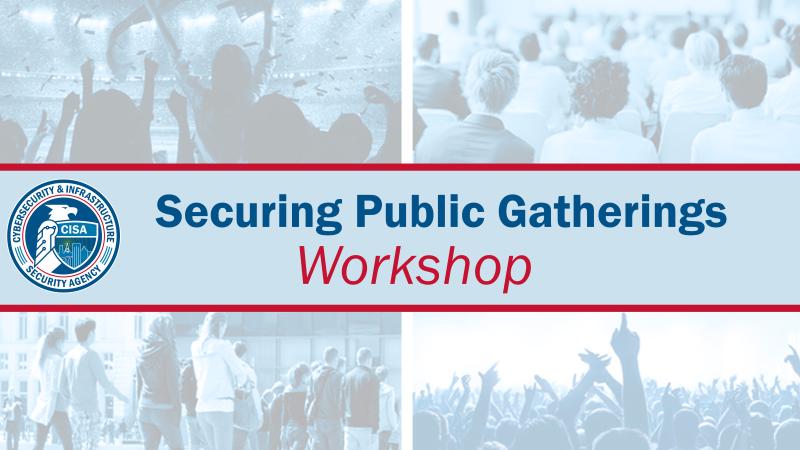
Securing Public Gatherings
Overview
Public gatherings are increasingly vulnerable to violent attacks and criminal activity because of their relative accessibility and large number of potential targets. While remaining vigilant in the deterrence of traditional targets (i.e., national assets such as the electric grid and national supply chain) and high-profile events (i.e., Super Bowl and Presidential Inauguration), it’s equally important to focus on securing public gatherings.
Public gatherings, also referred to as mass gatherings, are places where people gather freely together in a particular location for a specific purpose and are often associated with large crowds. These include places like music festivals, sporting events, places of worship, restaurants, and shopping centers.
These locations are easily accessible and often have minimal security, increasing their vulnerability to a variety of security risks. Given the threats towards, and incidents against, public gathering locations or events, it is important to understand the potential operational impacts from a successful attack, as well as the corresponding protective measures that can be taken to enhance their security. By connecting with local authorities, developing plans to identify issues and support incident response, training staff and volunteers, and reporting concerns to emergency authorities, many incidents may be mitigated or avoided.
CISA’s Role
CISA fosters collaboration between the private and public sectors to mitigate risk and enhance the security and resilience of public gatherings, reducing the likelihood of a successful attack or, for those incidents that do occur, limiting the impacts to life and property. To help organizations mitigate potential risks in today’s dynamic and rapidly evolving threat environment, CISA provides a compendium of resources for securing public gatherings.
Tools & Workshops

Mass Gathering Security Planning Tool
This tool provides event planners with a framework to begin or continue planning efforts for a mass gathering or special event and to connect stakeholders to the suite of tools and resources provided by CISA and its partners.

Securing Public Gatherings Workshop
This workshop provides organizations and individuals with tools to mitigate threats during an event and better ensure the safety of attendees by providing comprehensive guidance, interactive questions, and breakout sessions among participants.
Resources
Explore action guides that provide the critical infrastructure community with information regarding attack vectors used by terrorists and other extremist actors as well as corresponding suggested protective measures.
Security Planning Workbook
Personal Security Considerations Action Guide
Contact Us
For more information, please email central@cisa.dhs.gov.
In case of an emergency, or to report suspicious activity or events, call 9-1-1 or contact local law enforcement.




